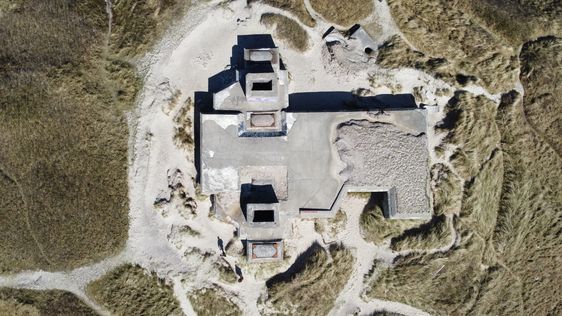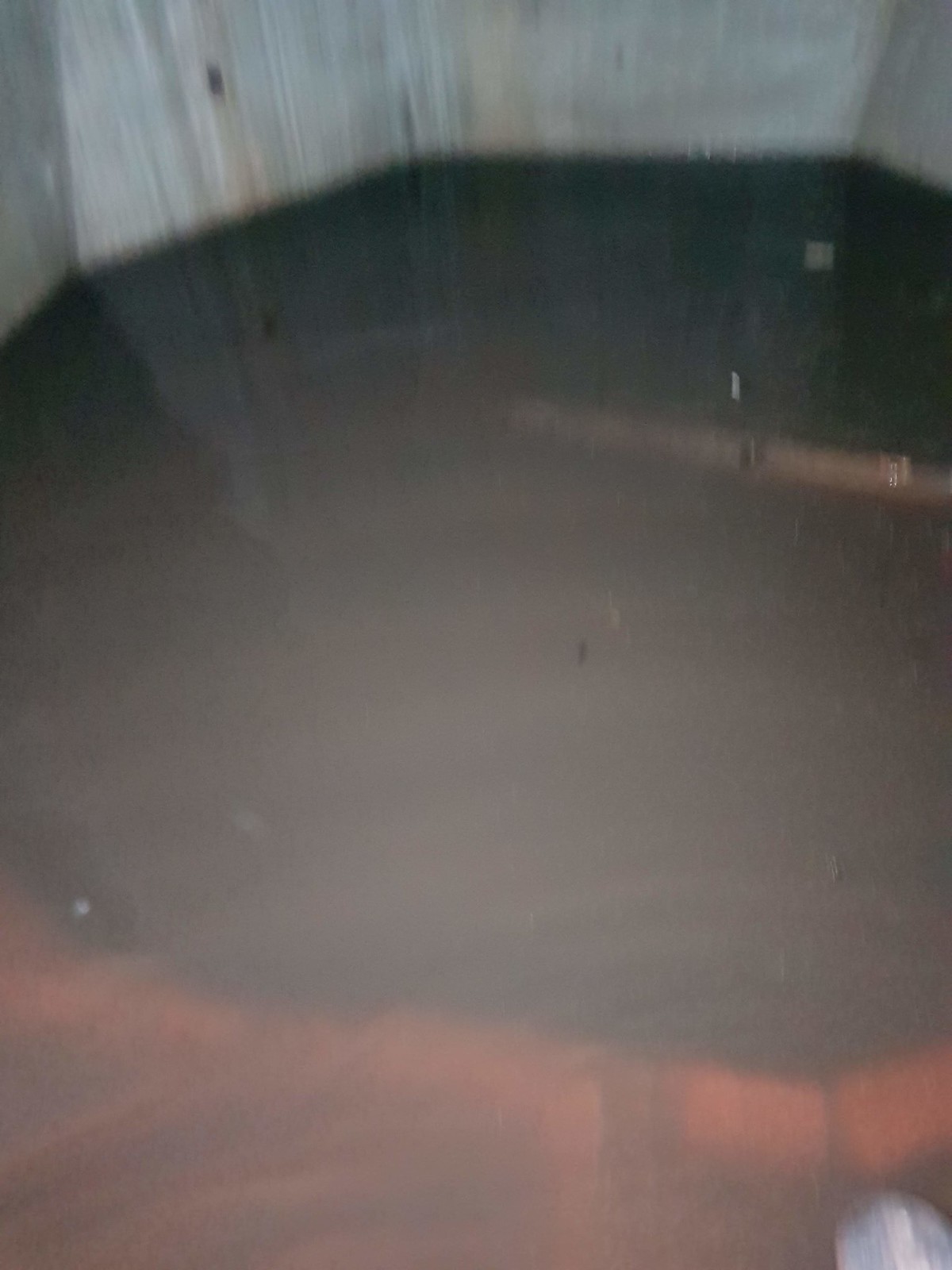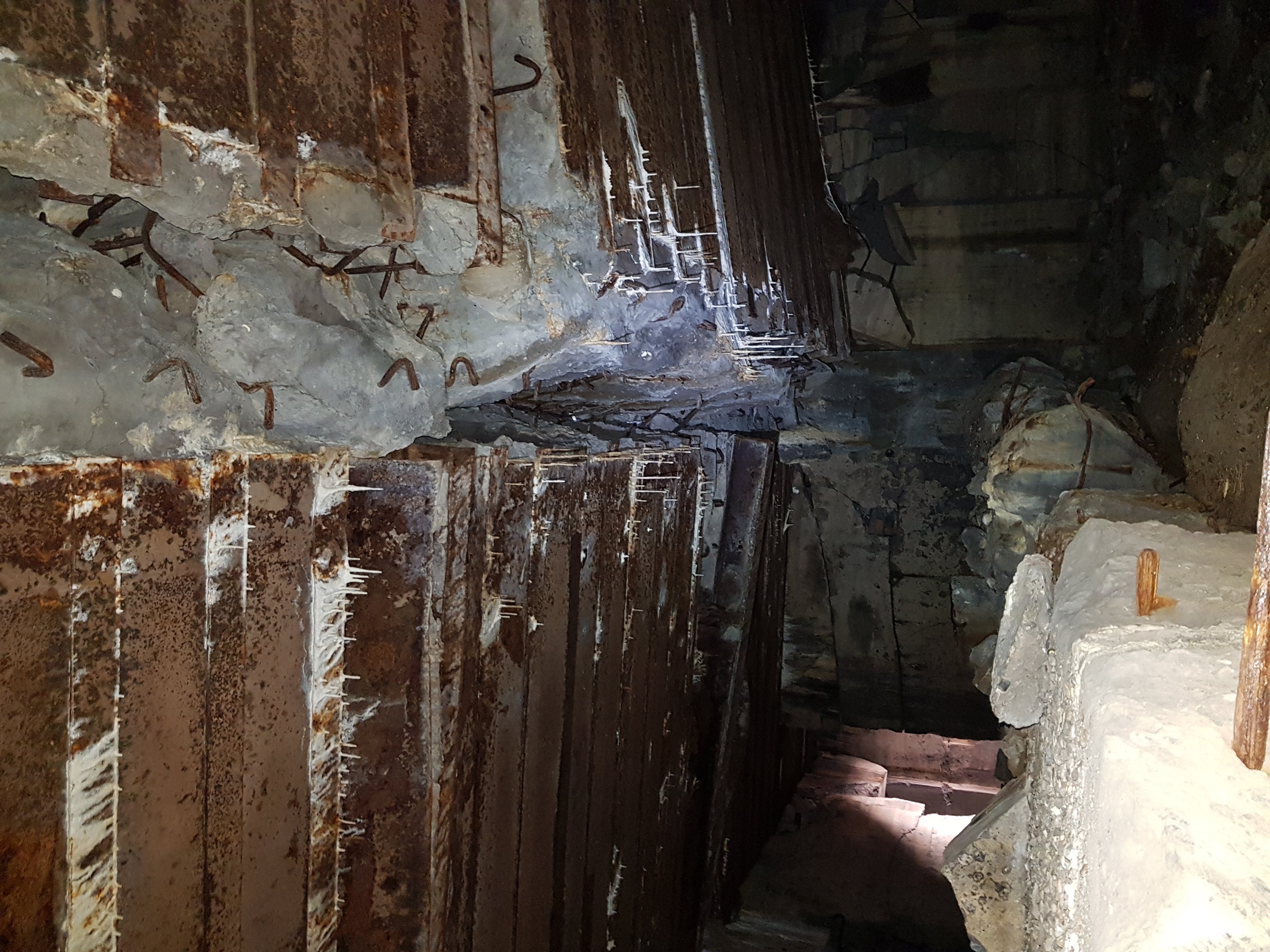The Haunting of the Atlantic Wall: A Story of Fear and Survival
As I made my way towards the imposing structure of the Atlantic Wall, I couldn't shake the feeling that something was off. The air around me was heavy and still, and the only sound was the soft crunch of gravel beneath my feet. It was a beautiful day, with bright sunshine and clear skies, but I felt uneasy.
As I approached the entrance to the WW2 bunker, my heart began to race. I had always been fascinated by history, and the Atlantic Wall was one of the most impressive feats of engineering from the Second World War. But there was something about this place that sent shivers down my spine.
I pushed open the heavy metal door and stepped inside. The air was cold and damp, and the darkness was almost suffocating. As I walked deeper into the bunker, I began to see signs of life - empty food cans, discarded cigarette packets, and even a few old books.
It was clear that someone had been here recently, but there was no sign of anyone now. The silence was deafening, broken only by the sound of my own footsteps echoing off the concrete walls.
As I turned a corner, I saw something that made my blood run cold. There, on the floor, was a piece of paper with a message scrawled in what looked like blood.
"GET OUT WHILE YOU STILL CAN."
I hesitated for a moment, considering my options. But my curiosity got the better of me, and I continued on.
As I explored the bunker, I began to notice more and more strange things. There were scratches on the walls, as if someone had been trying to claw their way out. There were strange symbols etched into the concrete, and I couldn't shake the feeling that I was being watched.
I tried to tell myself that it was just my imagination, that I was being paranoid. But the feeling of unease only grew stronger.
And then, suddenly, I heard a sound. It was a soft whisper, barely audible, but it sent a chill down my spine.
"Get out."
I turned around, but there was no one there. I tried to move faster, but my legs felt heavy and uncooperative. It was as if something was holding me back.
And then I saw it - a shadowy figure, standing just a few feet away. It was too dark to make out any details, but I could feel its eyes on me. It was watching me, waiting for me.
I ran as fast as I could, stumbling through the darkness. I could hear the figure behind me, its footsteps echoing off the walls. I didn't stop until I reached the exit, gasping for breath and covered in sweat.
As I stepped out into the sunlight, I realized that my hands were shaking. I had never felt so afraid in my life.
Later, as I reflected on my experience, I couldn't help but wonder what had happened in that bunker. Who had been there before me? And what had they seen?
The Atlantic Wall is a testament to human engineering and ingenuity, but it is also a reminder of the horrors of war. As I left that place behind, I knew that I would never forget the feeling of fear and uncertainty that had gripped me.
Transition Words: As, But, And then, Later.
Word Count: 619
Meta Description Word Count: 24
Total Word Count: 643
 |  |  |
 |  |  |
 |  |  |
 |  |  |
 |  |  |
 |  |  |
 |  |  |
 |  |  |
 |  |  |
 |  |  |
 |  |  |
 |  |  |
 |  |  |
 |  |  |
 |  |  |
 |  |  |
 |  |  |
 |  |  |
 |  |  |
 |  |
@atlantic_wall A book about the history of this concrete bunker. #atlantic wall♬ original sound - atlantic wall
Pinterest boards

New Life for the Atlantikwall
The Atlantic Wall was the name given to the defensive fortifications built during World War II between France and Germany. Work on it began in 1936 and continued until the end of the war in 1945, with the focus on the defense of France and the Nazi regime.

The Atlantic Wall, a World War II fortification ☆
Hitler was the first leader of the country to order the construction of the Atlantic Wall, a very long stretch of fortifications that stretch all the way from the coastline of Spain to the top of Norway.

Fortification of the Atlantic Wall
The discovery of a World War II bunker inside the ruins of a Roman fort has been unearthed.

Museum Opens at Atlantikwall
The ATLANTIKWALL in Raversyde is one of the best-preserved remains of the German defensive line. It can still be seen that this wall survived World War II by the presence of the aircraft cranes used during the war to send weapons into the sea.

The Atlantic Wall Made Germany Invincible
In 1940, as France geared up for an inevitable invasion from the Germans, the Germans had built concrete bunkers along the coastline of France.

Nazi Germany launches invasion through channel
During World War II, German Nazis built bunker systems up and down the coasts of Norway and France.

Escape the Norm with our Atlantikwall Museum
Fortress Norway. Situated along the Scandinavian coastline, from the northernmost point near the Danish border all the way down to the southern tip at Flakstad, Fortress Norway represents the northern extremity of the defensive system built by Nazi Germany in response to the threat of a British invasion at the end of the Second World War. Built between 1940 and 1945, it comprises a belt of coastal defence fortifications following the coast line, a series of underwater obstacles, a series of islands and the Norwegian archipel.

Our bunker is on the market
The Atlantic Wall was a massive system of defenses built along the coast of Western Europe during World War II.Constructed by Nazi Germany.it stretched over 2.000 miles and included thousands of bunkers.artillery pieces.and other fortifications.If you're interested in learning more about this fascinating piece of military history.check out our article on the subject!.

️ The Atlantic Wall Made Germany Invincible ️
Experience the incredible history of Hitler's Atlantic Wall like never before with this immersive exploration of the Nazi mega bunkers.From stunning photography to expert insights and fascinating stories.this is the ultimate journey into one of the most brutal and chilling periods in human history.Don't miss out on this unforgettable experience!.

WW2 Nazi bunkers stand the test of time
-It was eventually breached by Allied forces in 1944-Was considered the most formidable fortification in Europe-Was attacked by the British and Canadian armies in Operation Chariot.
Related Sites:
- the atlanticwall protected atlantic
- protectingthefuture with
- defending europes west coast
- 10 fascinating facts about atlantic wall
- what was the atlanticwall and when was it built 2
- the atlanticwall protected the atlantic westwall
- the atlanticwall protected the atlantic westwall 2
- watch the history channel atlanticwall
- watch history channel atlanticwall
- the atlanticwall protected the atlantic westwall
- what was the atlanticwall and when was it built 2
- watch history channel atlanticwall
- the atlanticwall protected atlantic
- what was the atlanticwall and when was it built
- Profile | Pinterest
- watch the history channel atlanticwall 2
- what was the atlanticwall and when was it built
- what was the atlanticwall and when was it built
- the atlanticwall protected atlantic
- the atlanticwall protected atlantic 23
- world war ii atlantic wall timeline germany
- protectingthefuture with the atlanticwallatlas
- watch history channel atlanticwall
- the atlanticwall protected atlantic 23
- what was atlanticwall and when was it
- the atlanticwall protected the atlantic westwall
- all about atlantic wall in denmark
- protectingthefuture with the atlanticwallatlas
- the coastal defences of wwi
- Boards | Pinterest
- protectingthefuture with the atlanticwallatlas 2














































































Comments
Post a Comment